How Assumptions Become Racism – and Why Hastings is a Breeding Ground for Assumptions
March 24, 2021
Ch***. An Asian American slur. Last year, someone called me that in the cafeteria, and not one person said anything in my defense. For a district that calls itself “racially inclusive,” it was extremely unsettling. Ultimately, it showed me that, despite what we may think, Hastings— and the rest of our society—is not exempt from Asian American racism.
Because Covid-19 originated in Wuhan, China, the anti-Asian response was immediate. From March to June of 2020, STOP AAPI HATE, a website created by the Asian Pacific Planning and Policy Council, Chinese for Affirmative Action, and the Asian American Studies Department of SFSU, reported 3,795 anti-AAPI (Asian American/Pacific Islander) hate crimes.
However, the majority of anti-Asian sentiment comes from unconscious biases and non-violent hate. According to a study by Pew Research Center from July of 2020, 31% of Asian Americans have experienced slurs and jokes about their race/ethnicity since the outbreak began, as opposed to 21% of Black adults, 15% of Hispanics, and 8% of white adults. Additionally, about four in ten U.S. adults felt that it is more common for people to express racist or racially insensitive views about people who are Asian.
Former President Donald Trump even encouraged anti-Asian sentiment, calling Covid-19 the “China virus” and “kung flu” on multiple occasions. In March 2020, he was accused of being racist to CBS Journalist Weija Jiang, a Chinese-born American, who asked why he felt testing was a “global competition.” His response was “Maybe that’s a question you should ask China.”
If you can recall, the first signs of the race-based impact of Covid-19 appeared through the lens of Asian-owned businesses and restaurants. In Flushing, NY, where 69% of the population is Asian, business was down 40% at the beginning of the pandemic (Flushing Chinese Business Association). In NYC as a whole, though, the NYT estimated that business was only down about 30%.
“Imagine a NYC subway car. No one was sitting in my whole section [because I’m Asian],” says Dr. Diana Pan, a Chinese-American, sociology professor, and Hastings resident when asked about when the pandemic first broke. But the issue is that Asian Americans rarely—if ever—get the recognition that’s required for true awareness of social inequity.
When asked if the increased attention to the Black Lives Matter movement has contributed to an ‘awareness’ of Asian American attacks, she responded, “Absolutely not. That’s my take, because we haven’t gotten that much awareness. Let’s be honest. Are your friends talking about it?”
“No,” I said.
She laughed. “Right. Has the school addressed it?”
“No.”
“So that in and of itself, that kind of invisibility, is a problem,” said Pan.
This “invisibility” that Pan refers to is a result of perpetual microaggressions towards Asians. Microaggressions, according to NPR, are the “thinly veiled, everyday instances of racism, homophobia, sexism (and more) that you see in the world. Sometimes it’s an insult, other times it’s an errant comment or gesture.” One microaggression, unsurprisingly, is connected to the ‘model minority’ trope—the idea that all Asian Americans are successful, well-educated, and wealthy. That’s not the case. In NYC, Pan explained, there’s a bimodal distribution of Asian American wealth: “That means a large sector of the Asian American population is actually very poor, and have no education and low socioeconomic status, and then we do have the population that’s also highly educated.”
Additionally, Asian Americans are rarely included in talks about race and racism. According to a Columbia University study conducted in 2007, Asian Americans are particularly affected by the perpetual foreigner stereotype; meaning that certain ethnic groups will always be seen as a foreigner—as the “other” in predominantly white communities.
“‘They’re here, but not really a part of us. They’re just visiting. So we don’t really need to include them,’” Pan said, when discussing the ‘perpetual foreigner’ mindset. “That’s why we see American-born Asians who really claim their Americanness.”
Cultural assimilation, or “claiming your Americanness,” so to speak, is particularly relevant to Hastings. Avanthi Chen, a 2020 Hastings graduate, said that for most of her time as a student, she didn’t realize the effect that race had on her life. “For many years, I was like, ‘oh, my race barely affects me; I blend in so well,’ as kind of an accomplishment,” she said. “And then towards the middle/end of high school, I was like, ‘damn. Why did I think that was a good thing?’… I went through a lot where I realized that I missed out on a lot by not leaning towards the cultural part of my identity.”
Joan Moon, a current junior at HHS, talked about her experience with being an Asian American in Hastings, saying “because we live in such a white town, the minorities will inevitably change themselves to adapt to the white people, instead of the white people learning from their mistakes and learning about minorities.”
Similar to Avanthi, 2020 Hastings graduate Yakira Sameth didn’t even think about her cultural identity until her senior year. She said, “The first time that I was really in tune with my culture was my college essay. We had to write about who we are, and I was thinking about how a big part of me is that I’m from China. And it ended up being about that.” She said that, theoretically, if Hastings had given her the opportunity to explore her cultural identity, she doesn’t “even know what that would look like.” In her opinion, there’s not enough cultural awareness within Hastings for that to happen.
Like the rest of society, Hastings suffers from implicit biases that show up through microaggressions. All of the students I spoke to have either been the butt of, or have seen a fellow Asian student be the subject of racist jokes. Avanthi said that “[Asian Americans] are always the butt of a joke. And that, paired with the violence that’s happening, it doesn’t sit well.”
This mockery of Asians seems to start early, going back to elementary school. “This white kid was trying to be cool by being racist, where he pulled his eyes back to make it seem like he had ‘Asian eyes,’ recalled Yakira, referring to a time in first or second grade. “I wasn’t even fully aware that it was wrong.”
In my experience as an Asian American, I know that white kids will pull their eyes at Asian-looking people. There were always the kids who said, ‘ching chong’ when you mentioned anything about your culture.
HHS sophomore Tess Iosepovicifeels that although some people are racist, people in Hastings “just don’t realize what they’re saying — because it’s all they’ve ever known.”
The microaggressions continue beyond elementary school. In high school and middle school, our curriculums are almost totally based upon the Eurocentric perspective of history. “In history, we learned about other countries, but it was all in the context of the past… It was all through the lens of Imperialism and Colonialism, so it was very European-centered,” remarked Yakira.
Caroline Atanacio, an Asian American and History teacher at HHS said, “Even when we start introducing non-Eurocentric topics, we find that it’s connected to European history.” While she does feel the curriculum is “definitely lopsided and biased towards European centered curriculum,” topics like the Industrial Revolution (which started in Europe) and Imperialism (where Europeans were mostly doing the imperializing) are required by the state, and are ultimately necessary in terms of historical education. “For much of world history, whether you like it or not, [European forces] had been the focus and drivers of moving history.”
According to Diana Pan, however, the way our curriculum is structured is white supremacist. Pan explained that more than anything, white supremacy is a power dynamic. “When we think of white supremacy, we kind of think of the KKK, but it’s a lot more than that.” She said. “It’s the way our curriculum is taught. It’s the way our culture’s ideologies are framed. It’s the way that certain things are normal, and certain things are not normal.” In the context of our school, she explains that “when we talk about who built this country, how much do we talk about the contributions of various groups? How much do we talk about how this land was taken from Natives? We don’t talk about the immigrants, the Asian ones. From China, from the Philippines. And that type of teaching,” she says, “where we prioritize that kind of Euro-centric history, that’s supremacist.”
The only question that remains now is: How can we fix this?
Avanthi thinks that Asian Americans—and all other races—need to be given the same regard within the curriculum. Although she doesn’t feel the subject of Asian Americans has been disrespected, “it’s just not given the same regard, and care and time.” Likewise, Joan feels that “our school isn’t actively doing things about it, showing their support.”
Finally, Pan suggested two steps to becoming more racially aware. Step one is educating ourselves about marginalized groups. “[Students and teachers] first need to learn about the gated ways each of these groups experience racism. Just not the one way we’ve been taught. In order to do that, there needs to be concerted effort in our holistic curriculum.” Two, we need to talk about racism. “We need to amplify these issues… We need to talk about everyone, not just European Americans. Everyone else who built this country.” She concluded that, in order to truly address Asian American racism, “We still need to do a lot. But [in terms of] more immediate actions: talk about these things. Acknowledge that this isn’t just part of Covid. It’s not episodic. It’s part of history.”
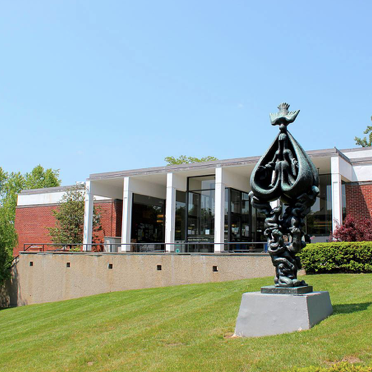

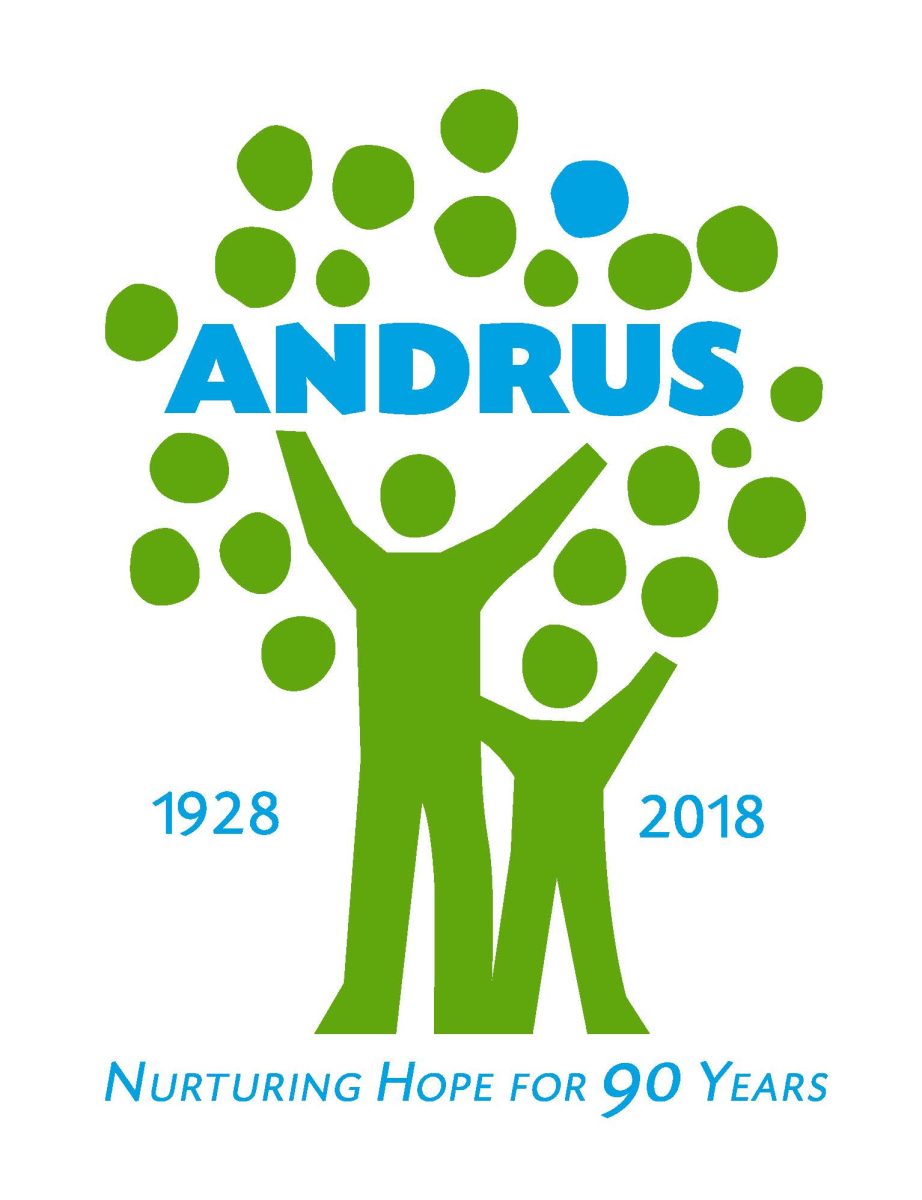

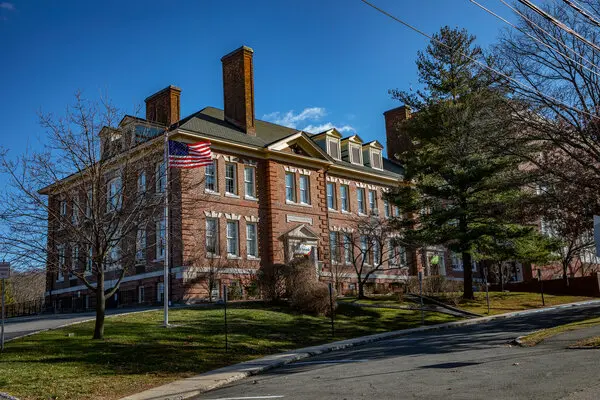





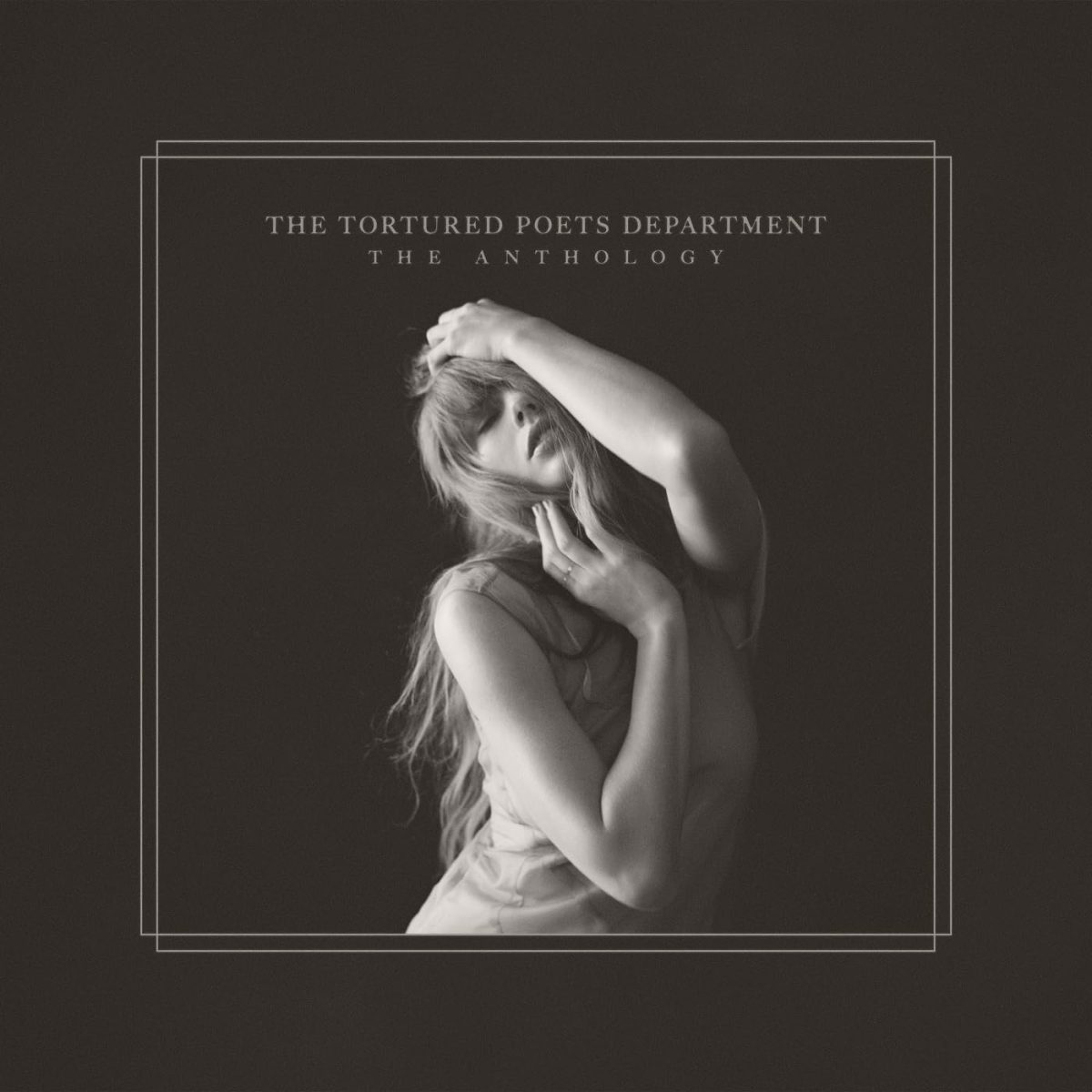









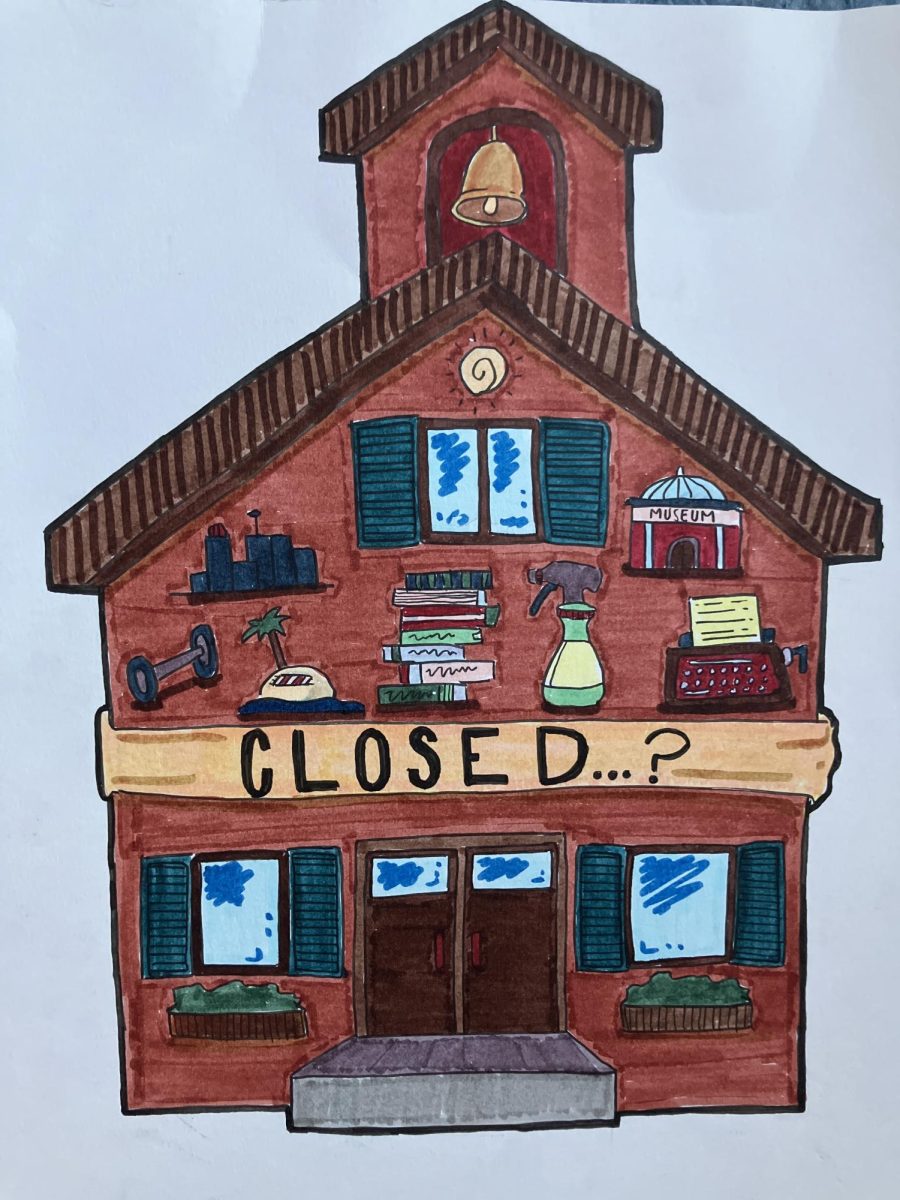

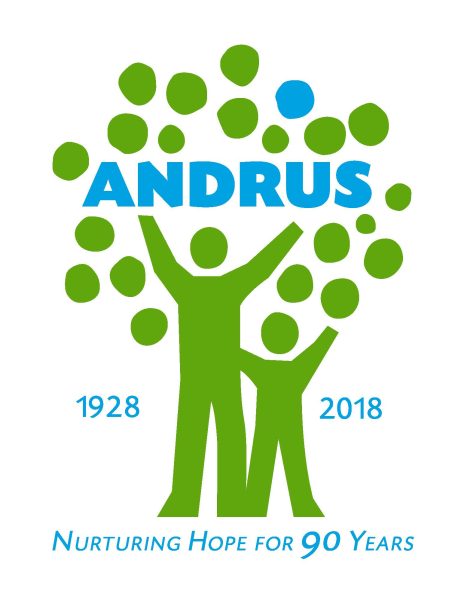

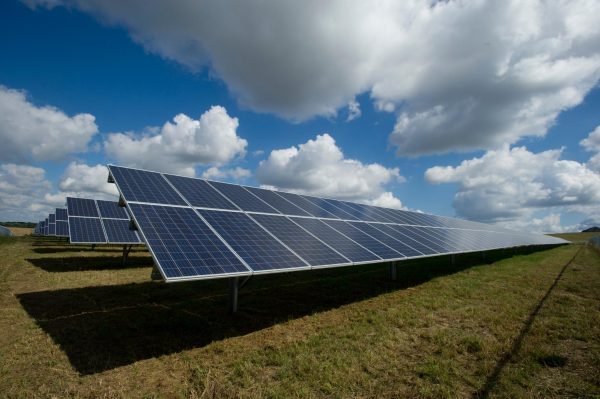
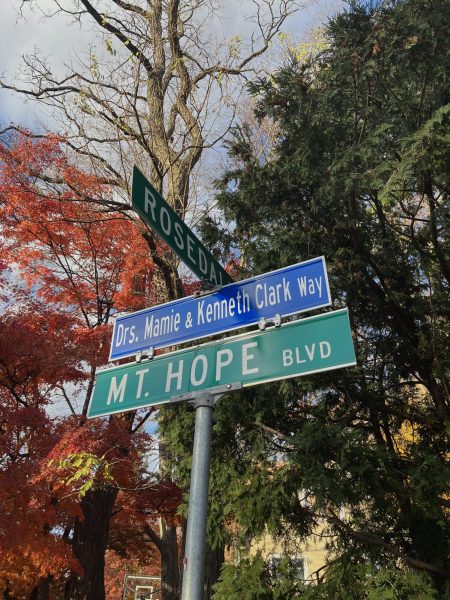
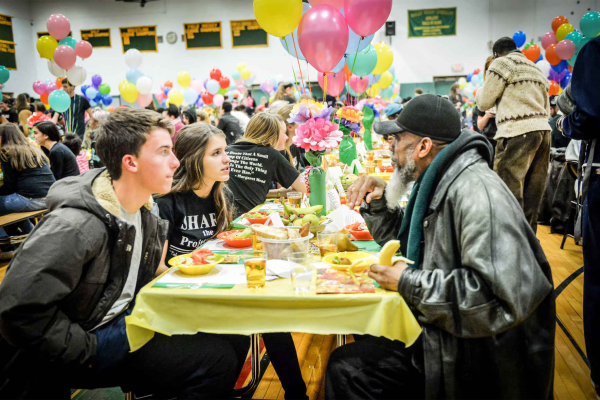
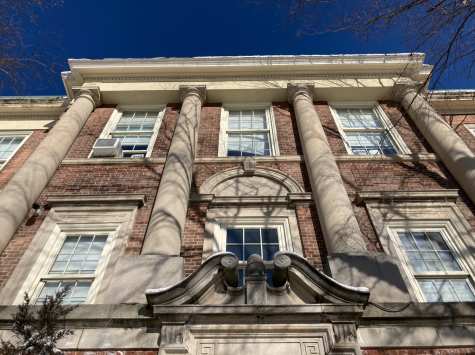
Larissa Bates • Oct 3, 2021 at 5:35 pm
Thank you for writing this
Anjali Chen • Apr 17, 2021 at 9:29 pm
Nice job on this article!